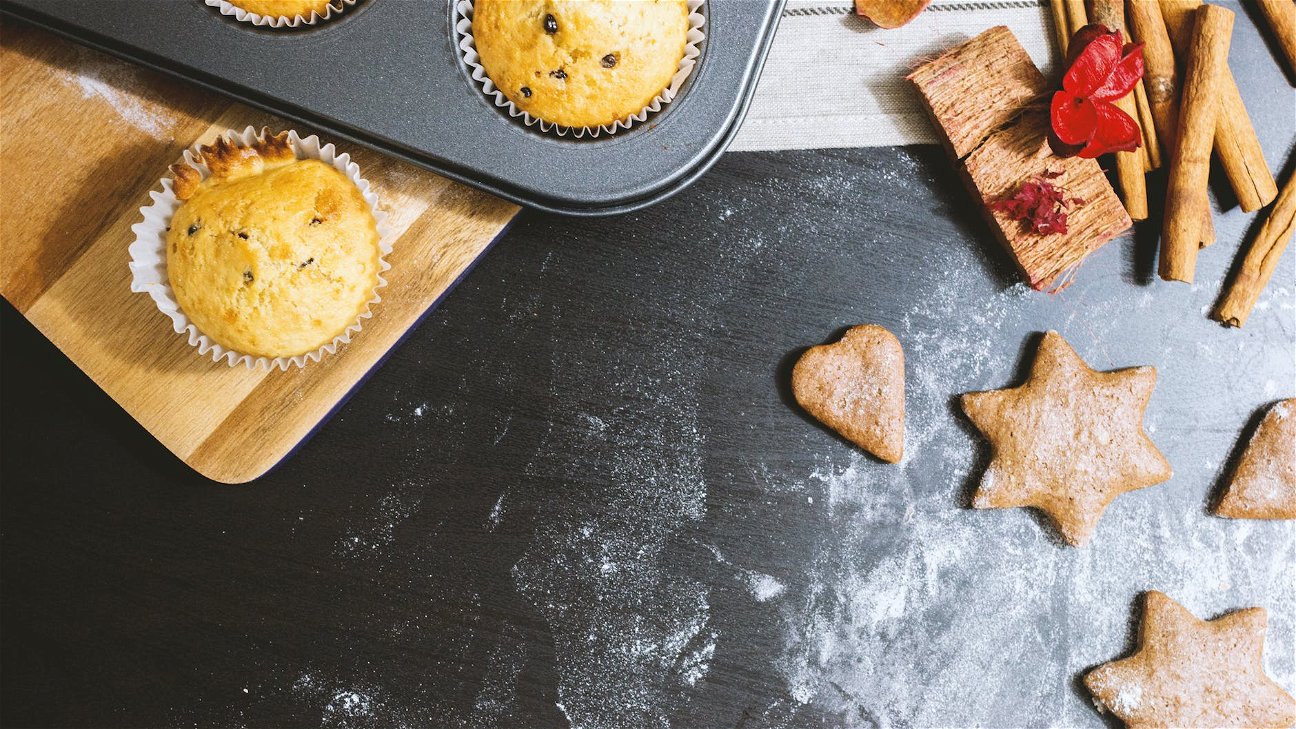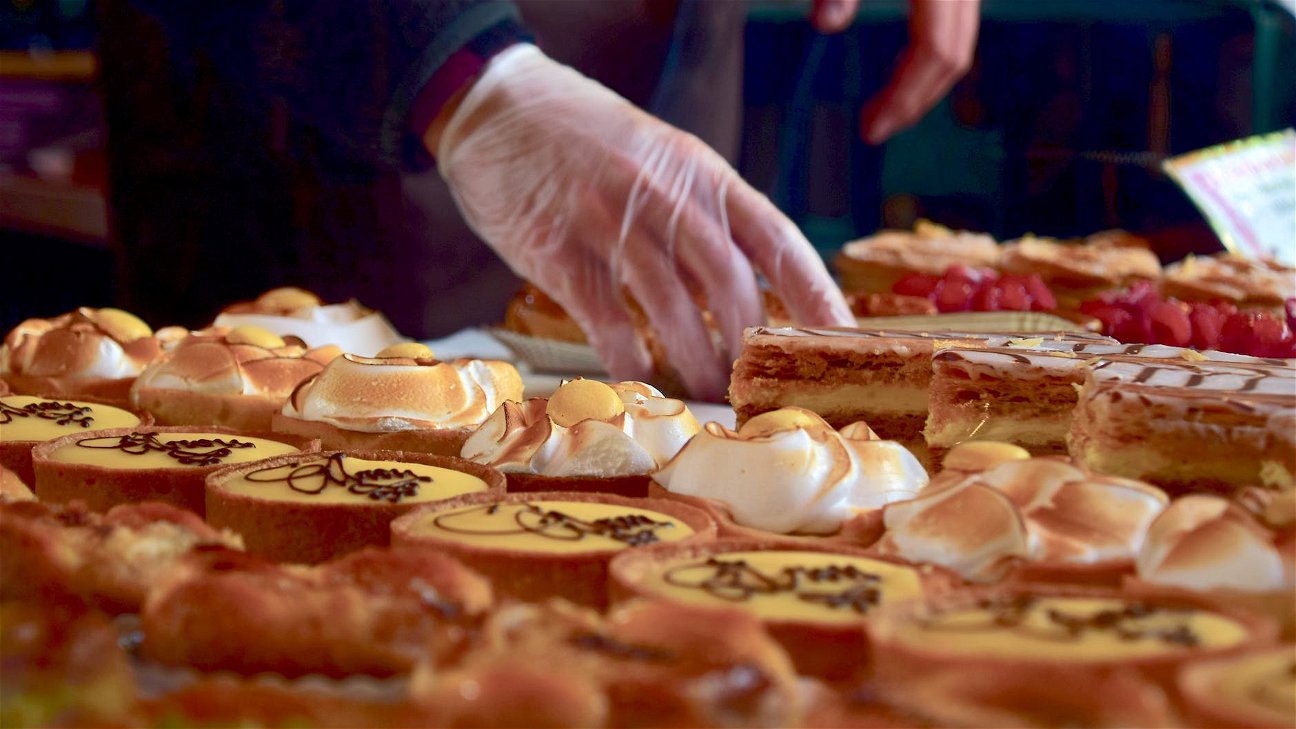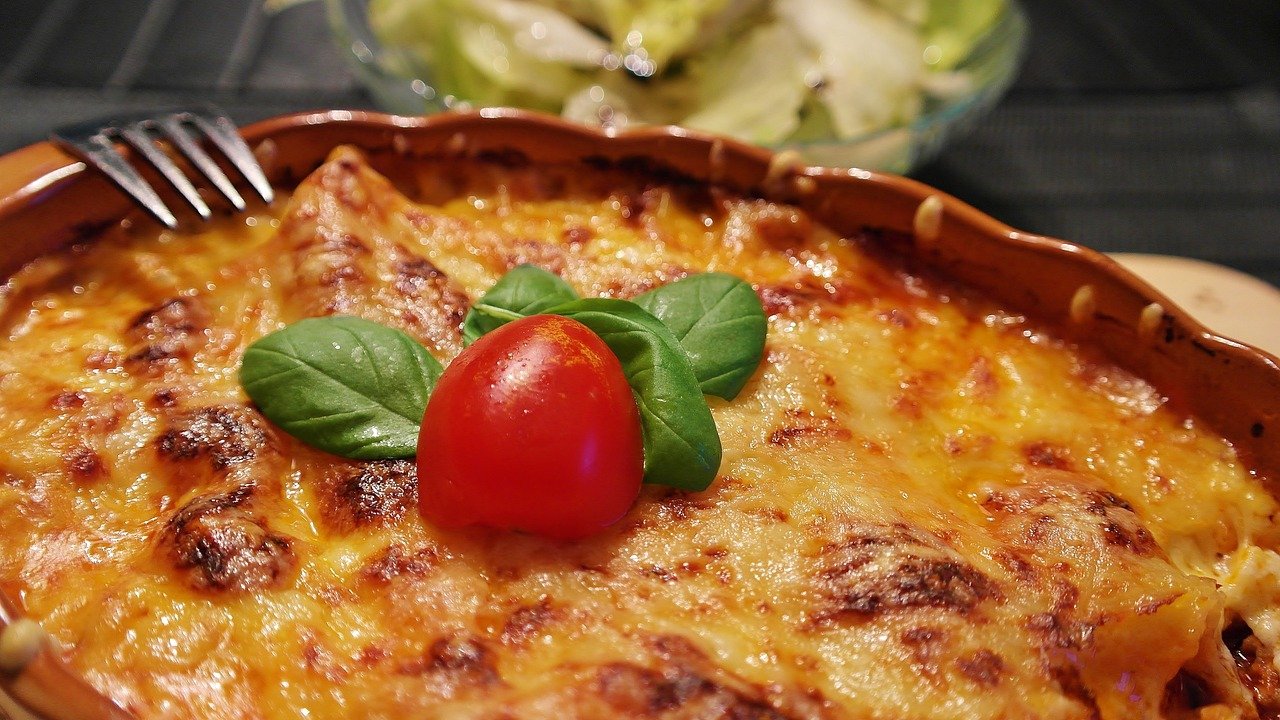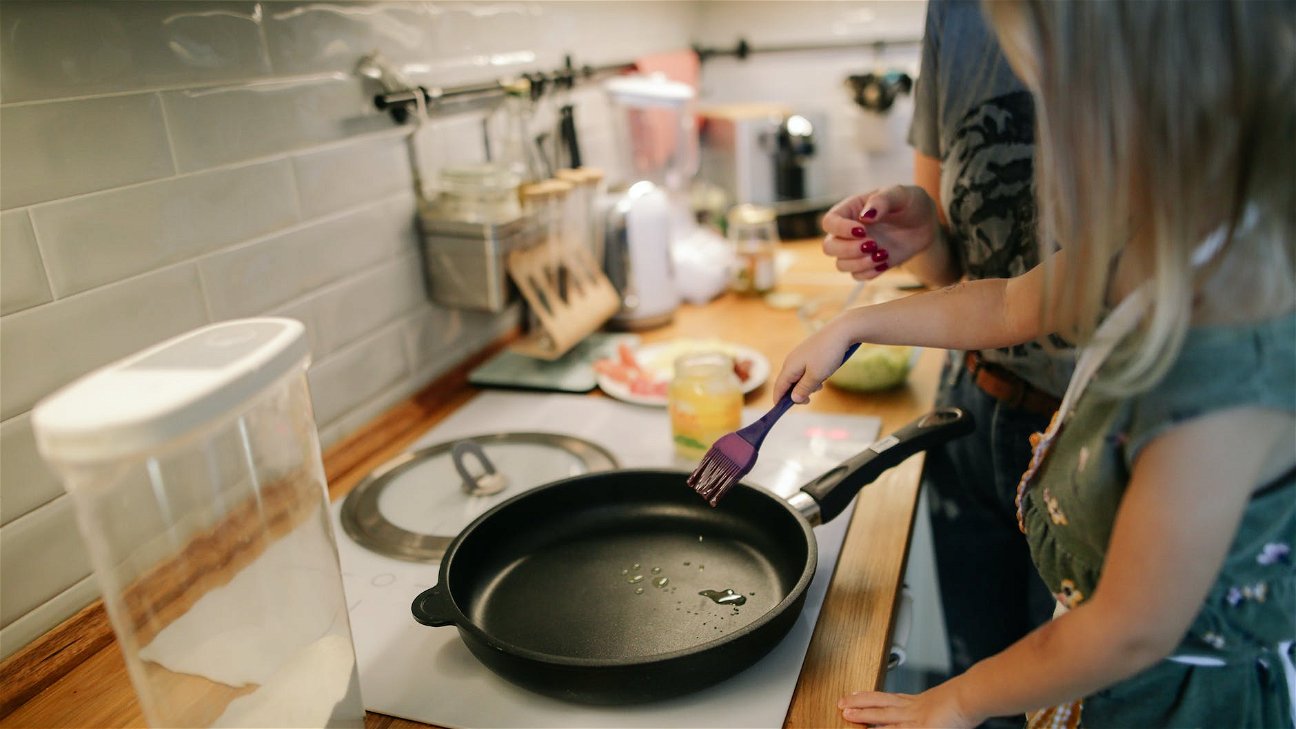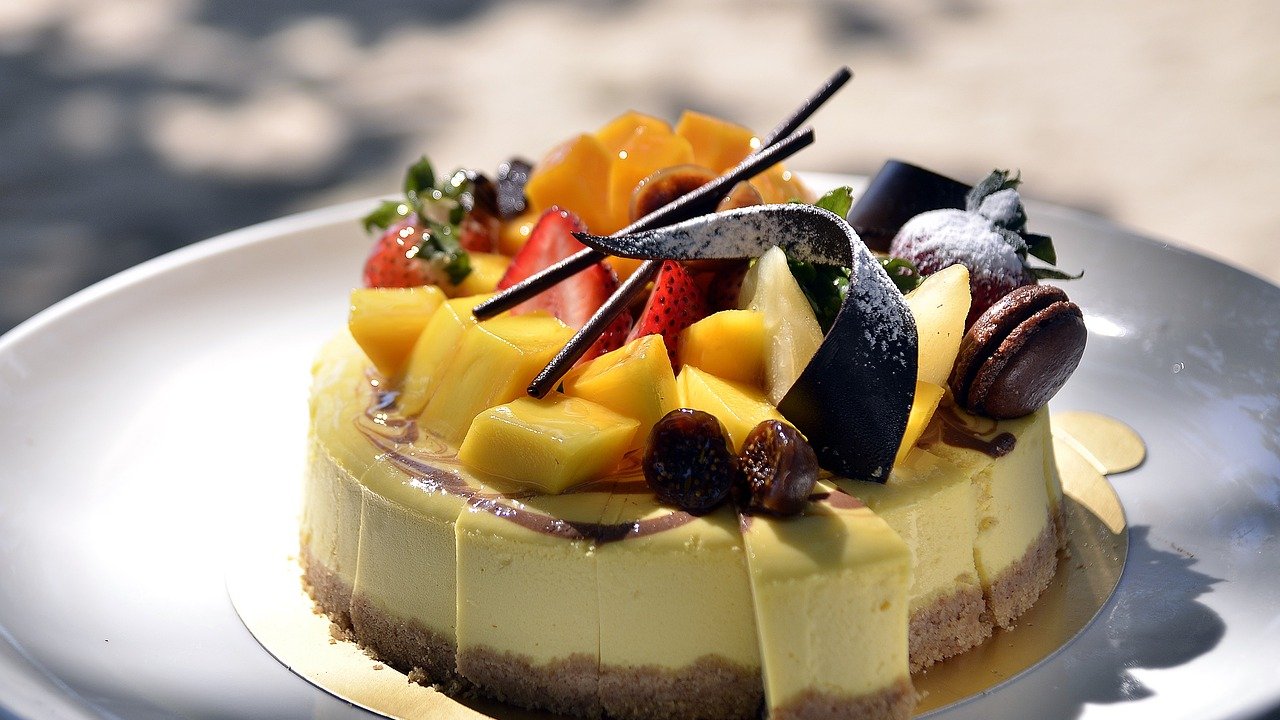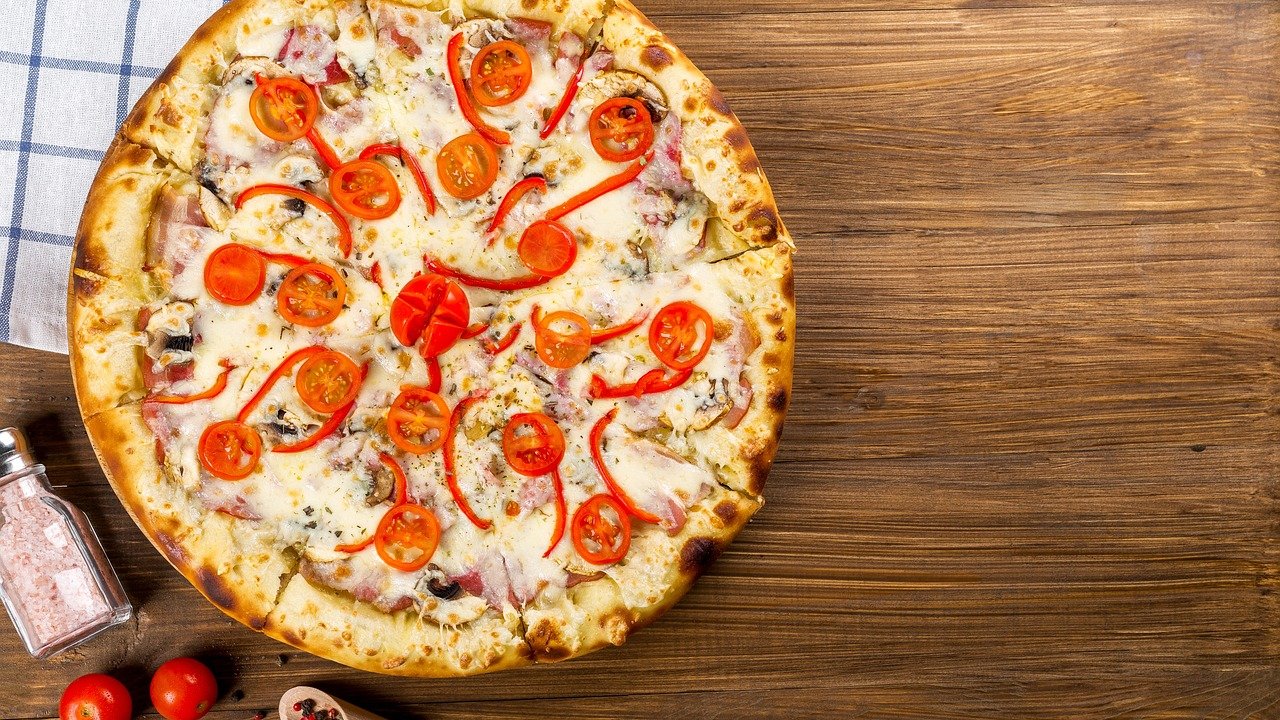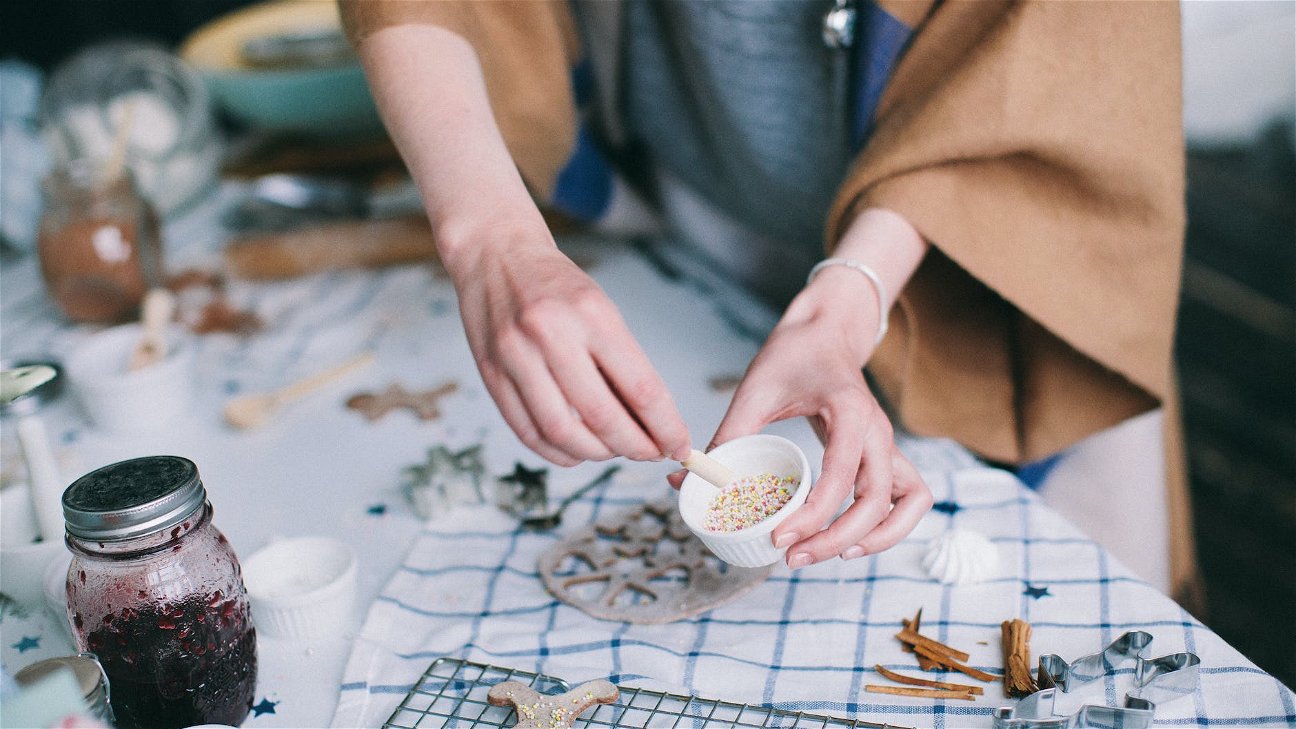
If you're a baking enthusiast or a professional baker, chances are you've heard about gluten. It's a complex protein found in wheat and other grains, but do you really know what it does? Buckle up, as we're about to conduct five experiments to fully understand the role of gluten in baking.
What is Gluten?
Gluten is a term used to define the proteins found in wheat, barley, rye, and other grains. It acts as a sort of glue, giving baked goods their structure and elasticity. When mixed with water, gluten proteins form a sticky network that has the ability to stretch as it's worked.
Experiment 1: Bread Baking with and without Gluten
One of the most noticeable impacts of gluten is its effect on the texture of bread. To understand this more deeply, we can conduct a simple experiment:
- Bake two identical loaves of bread: one with standard all-purpose flour (which contains gluten), and the other with a gluten-free flour blend.
- Once they're baked, compare their size, texture, and crumb structure.
- You'll find the loaf made with gluten will rise more and have a chewier texture, while the gluten-free loaf may be denser and crumblier.
Experiment 2: Comparing Different Levels of Gluten in Pastries
Pastries, like croissants or puff pastry, are another good way to understand the role of gluten. The flaky, layered structure of these baked goods is achieved in part due to the presence of gluten. This experiment involves baking pastries with flours of varying gluten levels:
- Use a high-gluten flour, a medium-gluten flour, and a low-gluten flour to make separate batches of pastries.
- Compare the resulting products in terms of their texture, layering, and rise.
- Pastries made with high-gluten flour may be chewier while those made with low-gluten flour might be more tender and crumbly.
Experiment 3: The 'Windowpane Test'
The windowpane test is a popular way to examine the development of gluten in dough. You can carry out this experiment with any bread or pizza dough:
- After kneading the dough, take a small piece and stretch it lightly.
- If you can stretch the dough thin enough to see light through without it tearing (like a windowpane), then the gluten is well-developed.
Experiment 4: Gluten in Cookies
Cookies offer another chance to see gluten's effects. Make a batch of cookies with all-purpose flour and another with gluten-free flour. The gluten-free cookies may spread more and have a more shortbread-like texture, while the ones with gluten could be chewier.
Experiment 5: Gluten in Cake
Finally, let's bake a cake. Similar to bread and cookies, cakes made with gluten-free flour may have a different texture than those made with regular flour. They can be denser and less fluffy due to the lack of structure provided by gluten.
By conducting these experiments, you'll gain a deeper understanding of how gluten impacts baking. So, the next time you bake, you'll have a better idea of how to manipulate your ingredients and techniques to get the desired results.


